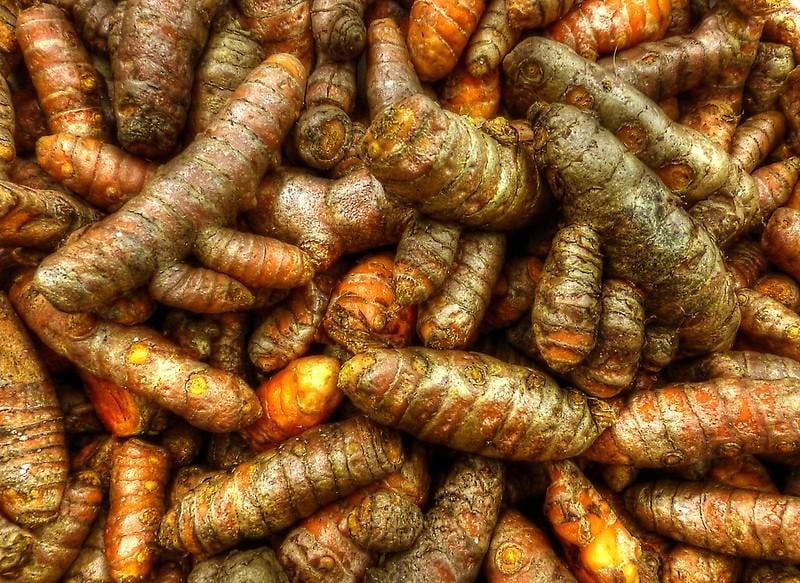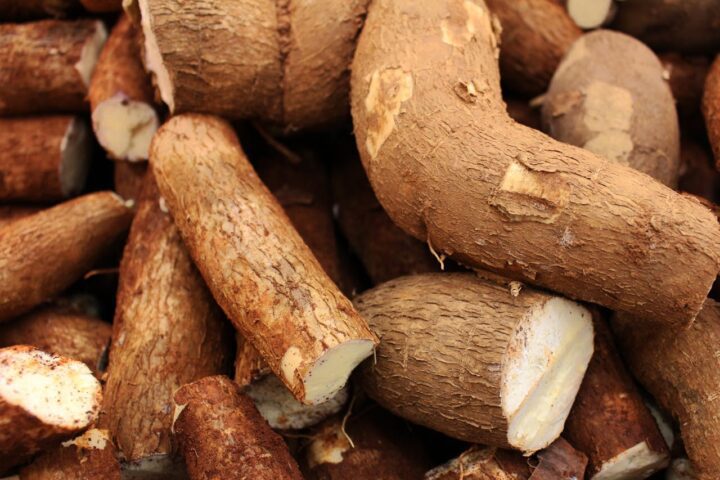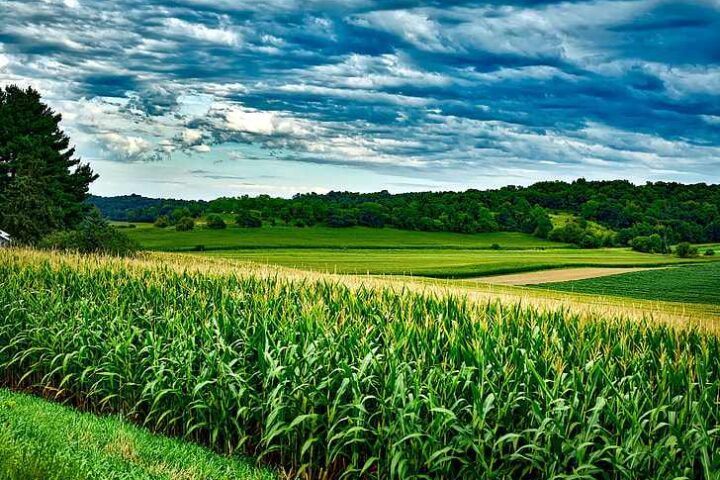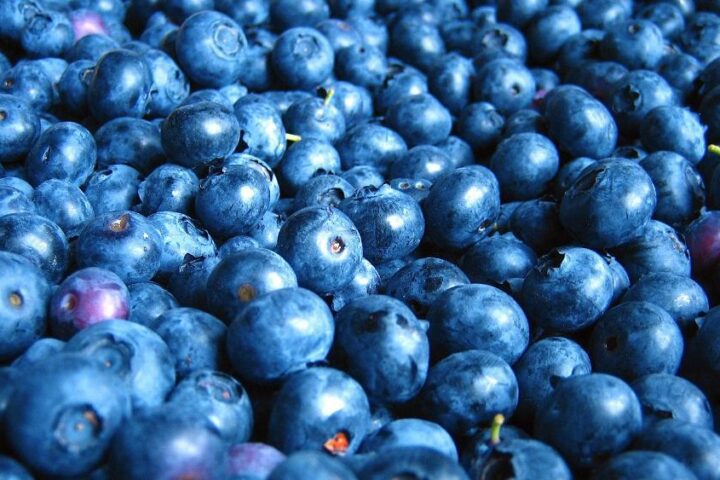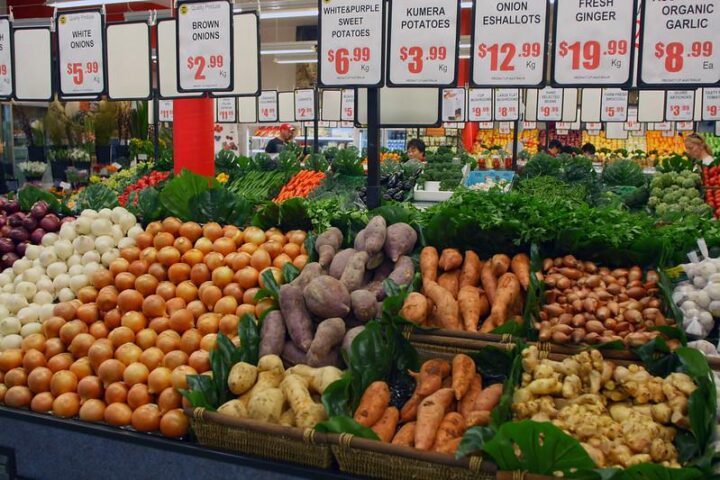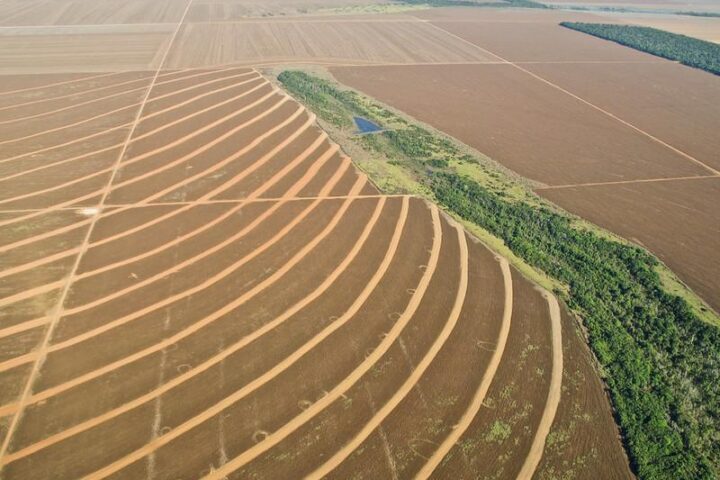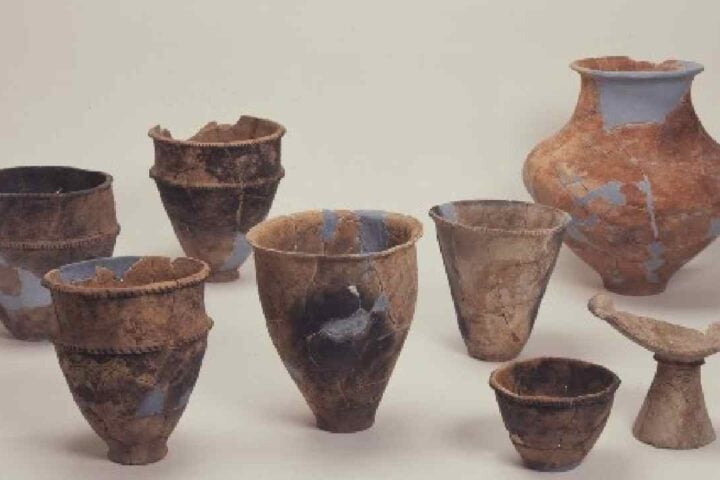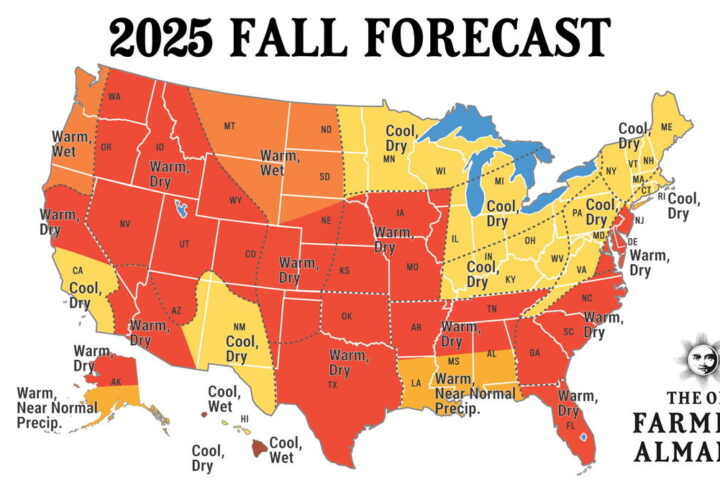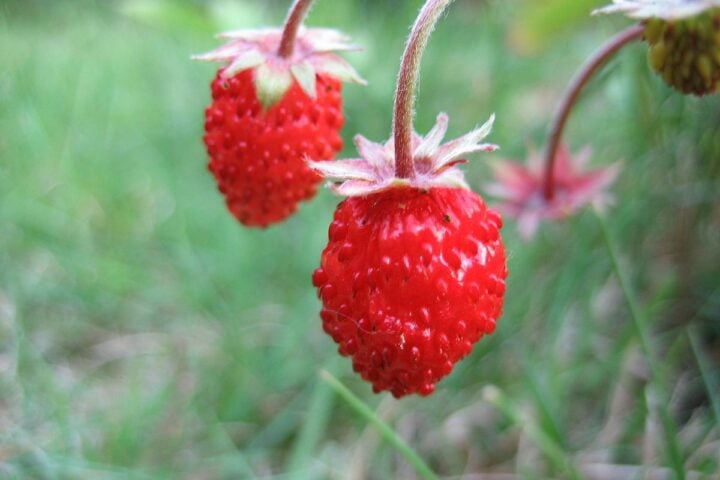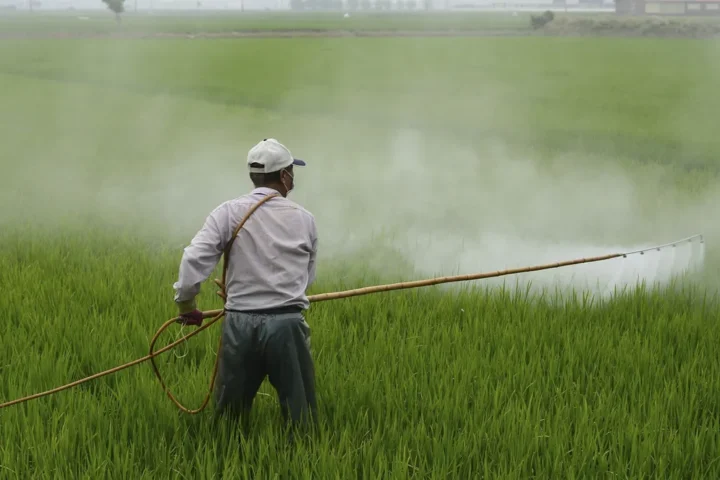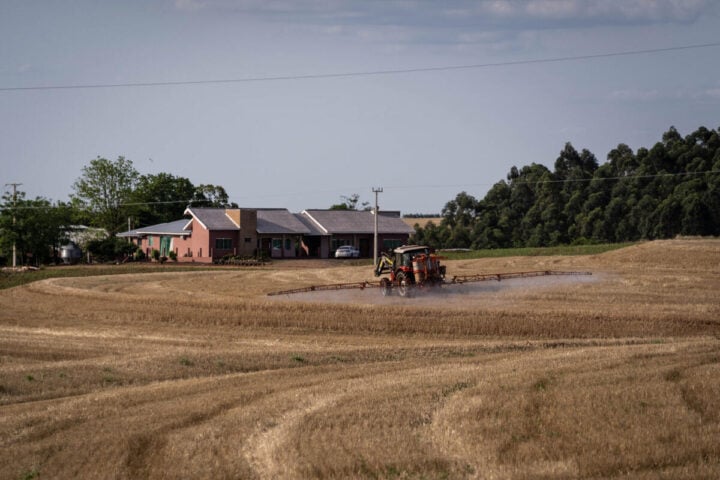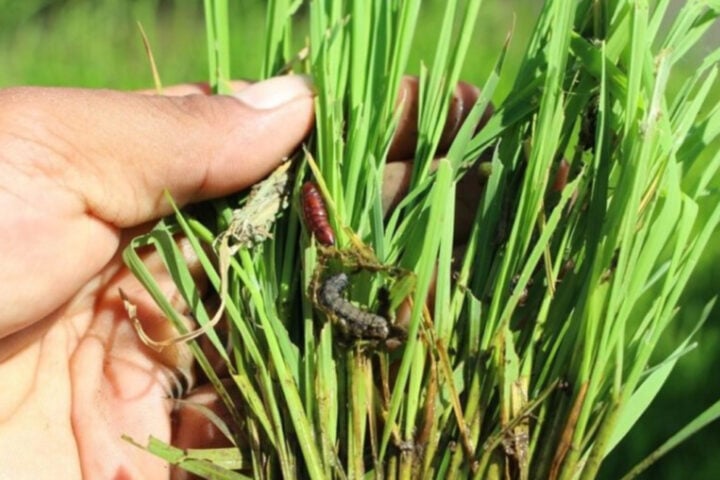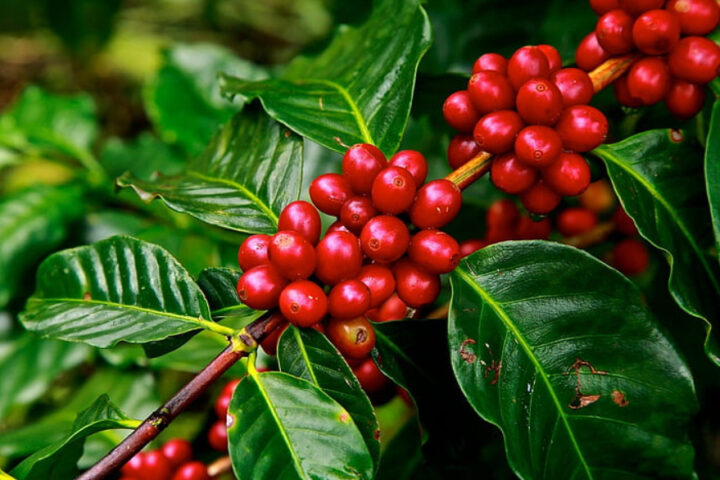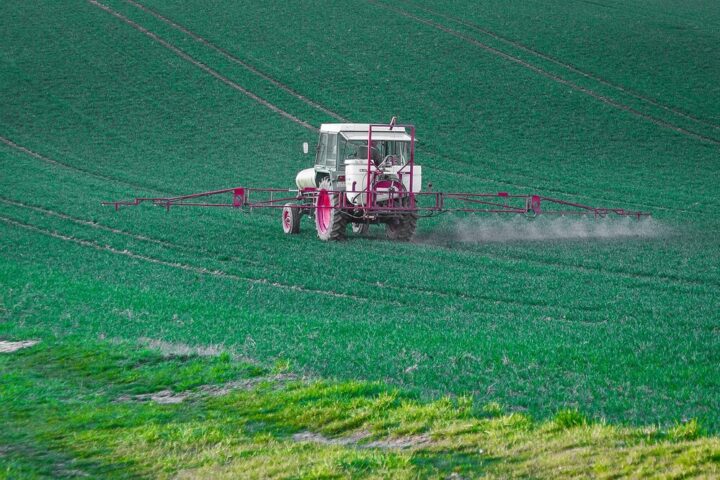In the quiet hills of Meghalaya, a golden-hued crop has become the center of a financial storm. The Lakadong Turmeric Project, managed by the Meghalaya Basin Development Authority (MBDA), faces serious questions after RTI activist Napoleon S. Mawphniang filed complaints with both the President and Prime Minister requesting a CBI or SFIO investigation.
At stake? Over ₹20 crore in public funds, with ₹13.6 crore reportedly spent on what documents vaguely describe as “infrastructure works.” Industry watchers and agricultural experts find themselves puzzled by the lack of paper trail.
“The lack of tender notices, contractor details, and proper invoices for major expenditures raises serious questions about financial management,” states Mawphniang’s complaint, which has now reached central government offices.
The MBDA claims involvement of 1,000 farmers in the project. However, cross-verification with land registry records from West Jaintia Hills district—where Lakadong turmeric primarily grows—remains conspicuously absent from official documentation.
The extension service figures present another mathematical puzzle. The project reports target 48 visits per farm, which would require 48,000 total visits—a number that agricultural extension specialists consider impractical given existing manpower.
“Extension services require consistent documentation and verification. Without proper records, it’s impossible to confirm whether farmers received the promised support,” says a former agricultural officer who requested anonymity.
Similar Posts
Despite substantial allocations, the complaint notes a troubling absence of standard agricultural conservation practices. The RTI responses revealed no documentation of contour bunds, water-harvesting structures, or climate-smart farming practices supposedly implemented under the project.
The Ministry of Food Processing Industries‘ “Action Plan for Development of Value Chain of Lakadong Turmeric” specifically recommends these measures. However, implementation records show significant gaps between planned and executed interventions.
Complicating matters further, the Meghalaya Lokayukta office—the state’s anti-corruption watchdog—has remained vacant since February 28, 2025. The government issued reminders to the Search Committee on April 9, 2025, to finalize appointees, but no appointments have been announced as of May 19, 2025.
“Without a functioning Lokayukta, state-level investigations into potential irregularities face significant delays,” notes Mawphniang’s petition.
Against this backdrop of financial questions, Lakadong turmeric itself continues to gain market recognition. The Geographical Indications Registry granted “Lakadong Turmeric” protected status on March 30, 2024, valid until February 14, 2031.
This GI certification covers approximately 14,000 farmers cultivating turmeric across 1,753 hectares, according to registry documents. The certification recognizes Lakadong’s exceptional curcumin content—often exceeding 7%—compared to the average 2-3% found in other varieties.
The Department of Agriculture’s “Mission Lakadong” initiative outlines support for processing units with slicing, drying, and packaging equipment—critical for adding value to raw turmeric.
However, the RTI complaint identifies gaps in documenting how these processing supports were distributed and whether they reached intended beneficiaries.
As central authorities evaluate the petition for investigation, farmers continue harvesting the golden rhizomes while awaiting clarity. The Department of Agriculture recently hosted a Mission Lakadong Festival, though yield and price data announced during the event require verification against on-ground realities.

For Meghalaya’s agricultural sector, particularly the 14,000 farmers involved in Lakadong turmeric cultivation, the resolution of these financial questions carries significant implications for future development initiatives and market trust.
The complaint remains under review by central authorities while MBDA officials have yet to provide comprehensive responses to the allegations. Meanwhile, farmers continue their work, their hands stained yellow with the prized turmeric that puts their region on the global spice map.
